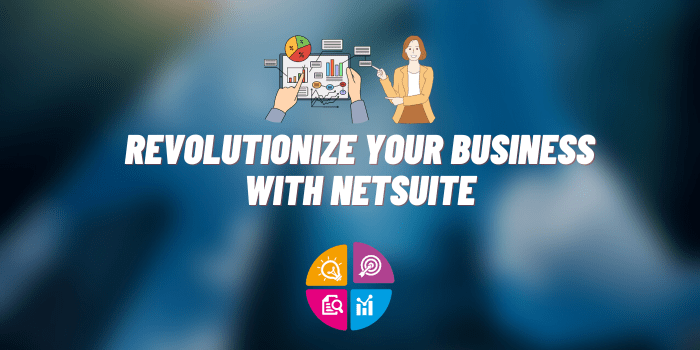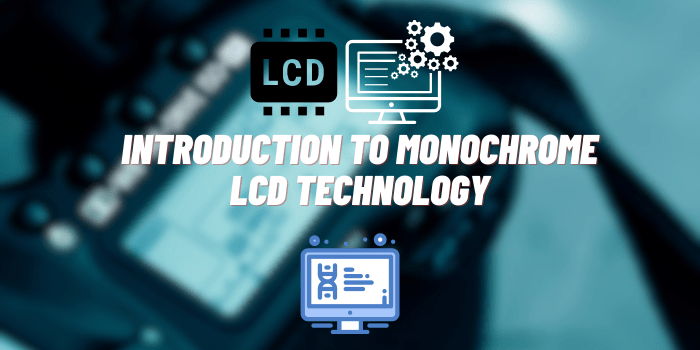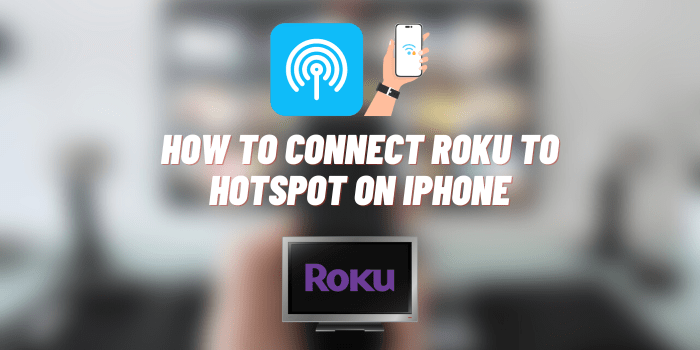How to Use Audio Visual Technology to Achieve Business Goals?
Staying ahead of the competition in the business landscape is more than just creating innovative ideas and hoping for the best. You need effective communication, seamless collaboration, and the ability to adapt to ever-evolving challenges to achieve your business goals.
This is where audio visual technology becomes a powerful tool for businesses thriving in an increasingly digital environment. Over the years, this advanced technology has transformed how we communicate and connect with audiences.
Are you ready to achieve your business goals? Discover how to leverage audio visual technology in our guide.
Understanding the Role of Audio Visual Technology

In this digital age, people want to absorb information quickly without the hassle of text-heavy reports and lengthy emails. Incorporating audio visual technology into your business can encourage consumers and employees to remember important details, further increasing your chances of success.
Since humans are visual creatures, we prefer to see and hear information. Audio visual equipment is perfect for our brains since it uses sound and images for engaging content. As a business, you should invest in this technology to achieve your desired goals, whether that’s increasing profits through immersive marketing content or growing brand awareness with live streaming.
You should also be aware of what audio visual (AV) technology is out there, with some of the most common equipment being:
- Projectors;
- Interactive whiteboards;
- Video conferencing systems;
- Microphones;
- Flat-screen TVs;
- Digital signage displays;
- Virtual reality (VR) and augmented reality (AR);
- Speakers and sound systems;
- Video walls;
- Multimedia displays.
The Importance of Setting Clear Business Goals

Setting clear and well-defined business goals is essential when implementing AV technology in your business. You must ensure that your investments are strategic, efficient, and effective in the long term. Business goals provide a roadmap for how AV technology will support and enhance your overall mission and vision.
Here are more benefits of setting clear business goals:
- Alignment of resources: Setting clear goals can help you assign your AV technology resources. This allows you to identify which technologies are suitable for achieving specific goals, ensuring that you don’t waste resources on other unnecessary equipment.
- Focus and prioritization: Knowing exactly what you want to achieve allows you to focus on the most crucial projects. In turn, it’s easier to prioritize AV technology investments.
- Measurable outcomes: Well-defined goals should include measurable outcomes or key performance indicators (KPIs that represent your success. With AV technology, you will gain valuable data and analytics to track progress toward these KPIs in the short and long term.
- Employee engagement: Employees are more likely to stay engaged and motivated when they understand how AV technology contributes to the business’s success. This technology also creates immersive experiences for employees during training.
- Continuous improvement: Clear goals encourage businesses to stay up-to-date with the latest AV advancements and technologies that can advance their objectives. Improving your business gives you more chances to achieve your future goals.
Leveraging Audio Visual Technology for Your Business

Leveraging audio visual technology can help you stay competitive in a demanding market. This technology offers various opportunities to enhance your business operations, giving you the encouragement you need to achieve success.
Here are some key ways you can leverage audio visual technology for your business:
Enhancing Presentations and Meetings
Modern business presentations and meetings require more than just a projector. Instead, use high-definition displays to captivate your audience with stunning visuals. Combine this with immersive sound systems for impactful presentations. You could also use interactive whiteboards in the meeting to encourage brainstorming, project management, and document sharing among remote teams.
It’s also worth incorporating multiscreen control solutions into your business. These are technology systems that manage and control multiple displays from a centralized interface. In turn, you can manage content across several screens without continuously going back to your computer.
Digital Signage and Advertising
Unlike traditional static signs, digital displays can deliver real-time, eye-catching content that remains fresh and relevant. This technology enables businesses to target specific audiences, delivering personalized messages and promotions based on data-driven insights. Over time, you can learn more about what consumers like, allowing you to create new business goals.
Digital signage is very flexible with AV technology. For example, you can update content remotely to provide timely communication to customers. Interactive options, such as touchscreens, further enhance engagement by allowing direct interaction with your content.
Training and Development
Businesses can use interactive videos, simulations, and virtual classrooms to engage remote employees. High-definition displays and clear audio will enhance the learning experience, ensuring employees have the right skills to achieve business goals without losing interest in the future.
AV tools like video conferencing software create dynamic, multimedia training materials that boost employee retention and engagement. In corporate settings, onboarding becomes more immersive with interactive presentations.
Measuring the Success and Impact of Audio Visual Technology

Incorporating audio visual technology into your business operations is a strategic investment. You must measure its success and return on investment (ROI) to determine whether it’s effective for your goals.
You can do this through these factors:
- Key performance indicators (KPI): You should determine KPIs relevant to your AV strategies. For example, if you have upgraded your video conferencing system with AV equipment, measure factors like improved meeting efficiency, reduced travel costs, and employee satisfaction.
- Data analytics: AV technology generates valuable data, so aim to analyze usage patterns, engagement metrics, and user feedback when achieving your goals.
- Cost savings: Calculate the tangible cost savings achieved through AV technology integration. These costs might include reduced travel expenses, lower print and paper costs, or energy savings from efficient AV equipment.
- Improved productivity: You should consider whether AV technology is causing fewer troubleshooting issues for employees. It might also be that meetings are more engaging and effective, encouraging employees to be productive in the workplace.
- User satisfaction: Survey employees and consumers to gather feedback on their experiences with AV technology. High user satisfaction often correlates with successful AV equipment implementation.
Final Thoughts
Audio visual technology is a dynamic tool that empowers businesses to achieve their goals, whether that’s through seamless communication or enhanced collaboration. By setting clear goals, customizing AV solutions, and measuring your short-term success, you can harness the full potential of audio visual technology.
As technology continues to evolve, you must stay updated with recent advancements to stay ahead of your competition.






